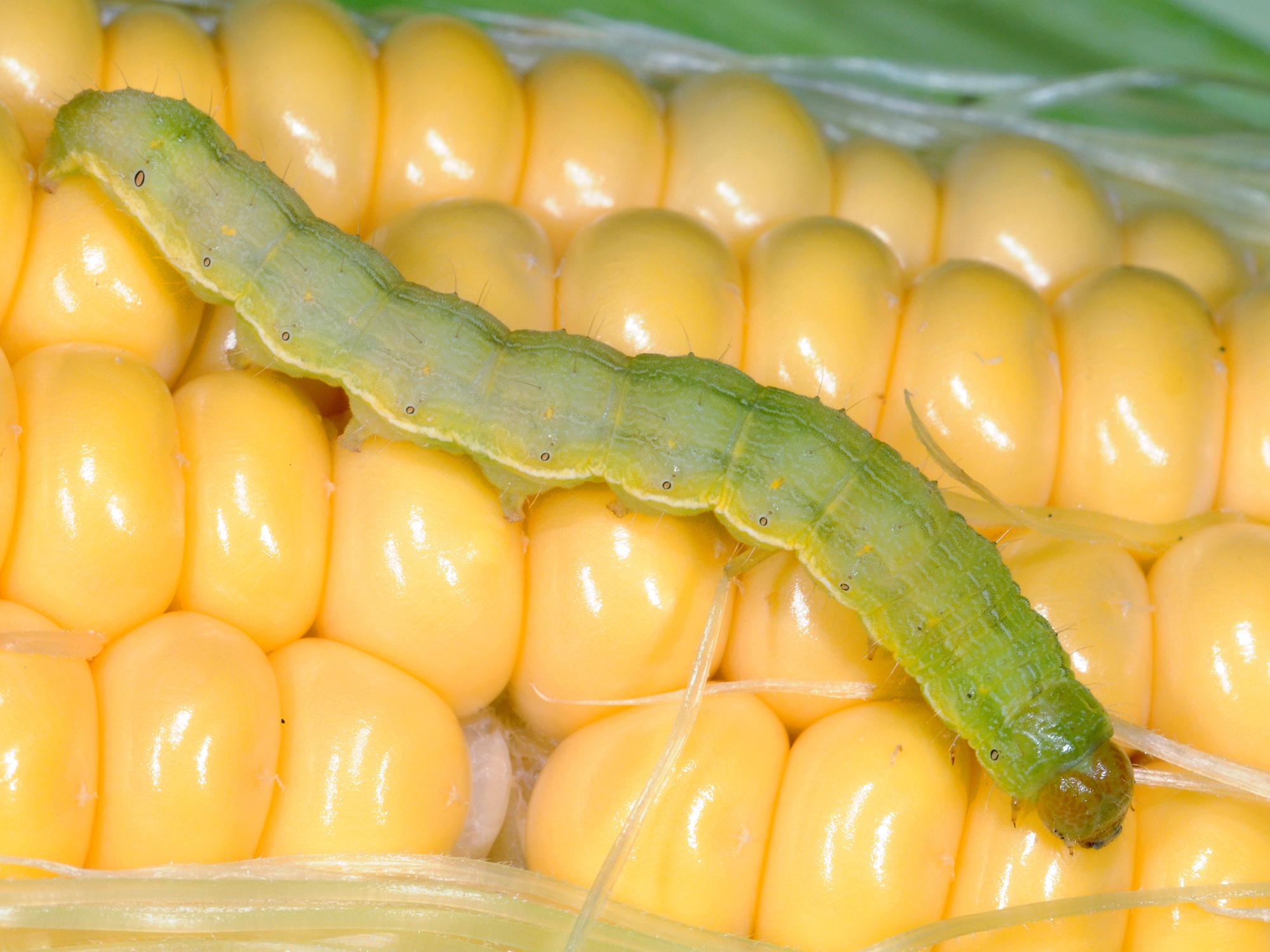Information Possibly Outdated
The information presented on this page was originally released on March 4, 2016. It may not be outdated, but please search our site for more current information. If you plan to quote or reference this information in a publication, please check with the Extension specialist or author before proceeding.
Winter soils can house spring-hatching cocoons
STARKVILLE, Miss. -- A person with extensive knowledge of bugs can almost tell the date by paying careful attention to what is going on in the insect world.
Right now, soon-to-emerge tomato fruitworms tell observers spring is around the corner. Gardeners frequently encounter pupas of various caterpillars when digging in the garden or flower bed. Identifying these seasonal insects can be difficult.
Blake Layton, an entomologist with the Mississippi State University Extension Service, said caterpillars are expected and frequently found feeding on leaves in summer gardens. Gardeners who encounter pupas when doing spring soil preparation may not realize they are looking at a different growth stage of the same insect that will damage their tomatoes later.
“While the caterpillars of most butterflies and many moths pupate by forming a chrysalis or cocoon on some above-ground structure, such as a leaf of twig, the caterpillars of many other species of moths pupate in the soil,” Layton said. “Tomato fruitworm is one of many species of noctuid (night-flying moth) caterpillars that pupate in the soil.”
Fruitworms, also known as corn earworms and cotton bollworms, grow into medium-sized moths as adults. As larvae, which are caterpillars of various colors, the pest attacks tomatoes and other crops by tunneling. Fruitworms have a unique characteristic when their life cycle runs late in the year.
“Once a tomato fruitworm caterpillar is fully mature, it leaves the tomato it fed on, digs several inches into the ground and forms a pupal chamber where it pupates,” he said. “When this happens in the summer, the pupal stage lasts 10 to 15 days, and the resulting moth emerges from the soil to mate and produce another generation.”
When time runs out and the weather has turned cool, something different happens.
“Tomato fruitworms that pupate in late fall enter a state of suspended development known as diapause, and this is the stage in which they spend the winter,” Layton said.
Soil overhead helps protect the pupa from freezing temperatures, and the moth emerges next spring when the soil and air have warmed.
“As they dig in to build their pupal chamber, caterpillars form an emergence tunnel as well, capped by a thin layer of soil through which the moth can easily exit,” he said.
Mature tomato fruitworm larvae are robust caterpillars about 1 to 1.25 inches long. Layton said body colors vary greatly, depending on diet, and can range from green to yellow, tan, red or black. Some are even purple if they have been feeding on eggplant.
“The night-flying moths are also variable in color and markings, but most moths are tan to brown with a small dark spot on each forewing, and hindwings are lighter in color,” he said.
Rick Snyder, Extension vegetable specialist, said the tomato fruitworm is one of the most damaging insect pests of tomatoes.
“These insects can be a serious problem, but they are not a problem in every garden or every year,” Snyder said. “They can ruin fruit by boring into it, usually at or near the stem end, and making it their home. They continue eating once inside the fruit. It’s perfectly OK to cut off the bad part of the tomato and eat the rest that the worm never touched.”
Snyder said these caterpillars are not fussy about what they eat. In addition to tomatoes, they consume eggplant, peppers, okra, legumes, and even soybeans and tobacco. They can be controlled chemically with insecticides that contain spinosad or permethrin.








